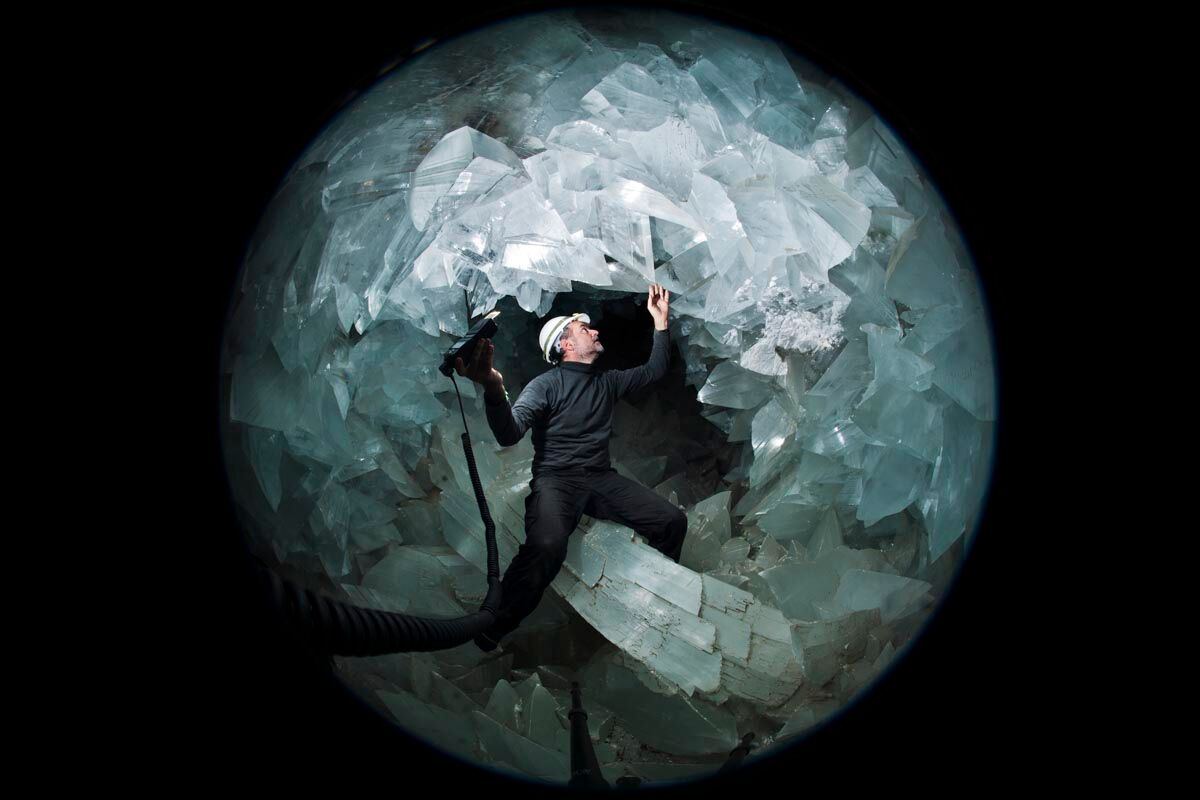When you buy through links on our site , we may earn an affiliate commission . Here ’s how it works .
In April , explorer and multimillionaire Victor Vescovo navigated a submersible mi below the ocean aerofoil into the Mariana Trench in the Pacific Ocean , claiming to break a record for the deep solo honkytonk ever . But the previous disc holder , movie maker James Cameron , begs to disagree .
The deep decimal point on the planet is Challenger Deep , a nearly 7 - mile ( 11 kilometers ) -long pit in theMariana Trench . Back in 1960 , oceanographers Don Walsh and Jacques Piccard were the first people to reach out the bottom of the trench . But in 2012 , Cameron became the first someone to reach it alone , breaking the record for deep solo dive ever .

Vescovo (left) recently completed the Five Deeps Expedition with his latest dive into the deepest part of the Arctic Ocean.
Vescovo , as part of the Five Deeps Expedition , claimed to have wear that record in April , chance upon a depth of 35,853 understructure ( 10,927 time ) , or 52 feet ( 16 m ) deep than Cameron reached in 2012 .
" What he ’s done is quite remarkable , " Cameron evidence The New York Times . " Where I take exception is his tell he hold out profoundly . " You ca n’t go any deeper because the Challenger Deep is " flavourless " and " featureless , " Cameron pronounce .
come to : In Photos : James Cameron ’s Epic Dive to Challenger Deep

Vescovo (left) recently completed the Five Deeps Expedition with his latest dive into the deepest part of the Arctic Ocean.
This title comes from his own observations from his 2012 dive and that of a robot place down by the Woods Hole Oceanographic Institution in 2009 , according to the Times . It ’s potential Vescovo could have found a thick part of the Challenger Deep , but unconvincing , Andy Bowen , the leader of the squad that post the automaton down to the deep , state the Times .
What ’s more , there ’s a quite a little of doubtfulness surround the depth of the Challenger Deep in the first place — estimate for how mystifying it is vary by over 500 feet ( 150 m ) , according to the Times . Indeed , the squad reported that the recorded deepness could have varied by positive or minus 34 feet ( 10.5 meter ) , and it has already revised the mensuration to 35,840 feet ( 10,924 m ) .
But Vescovo , though ante up esteem to Cameron , answer by say that he had indeed identified a mysterious pointedness , and his expedition had new and more accurate technology than Cameron ’s had at the meter . perchance , he said they should both state their data to a panel of experts that can make the decision for them .

" Perhaps we will never bonk , " Vescovo told the Times . " All I can do is stand behind the actual data . "
earlier published onLive Science .

















